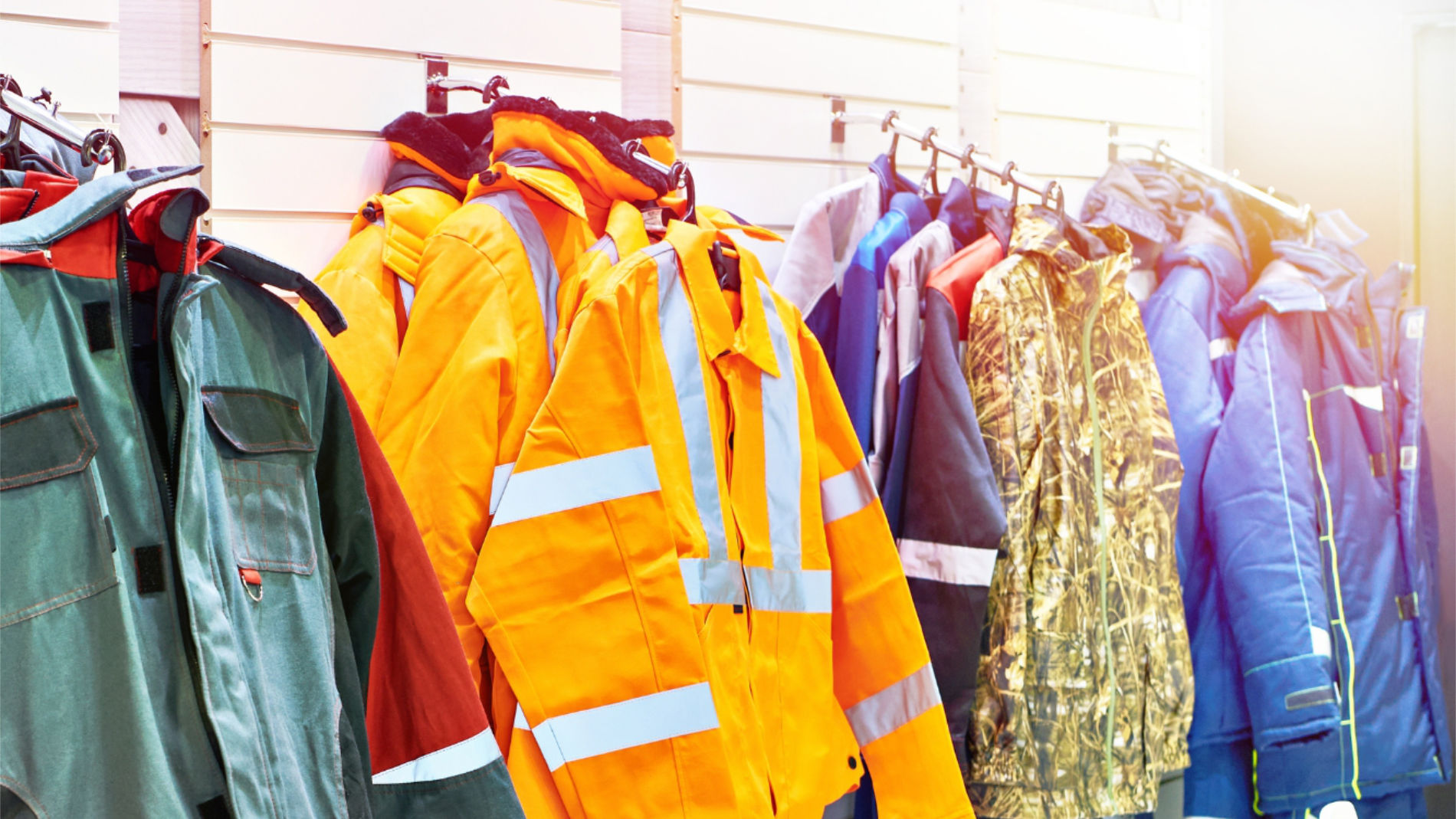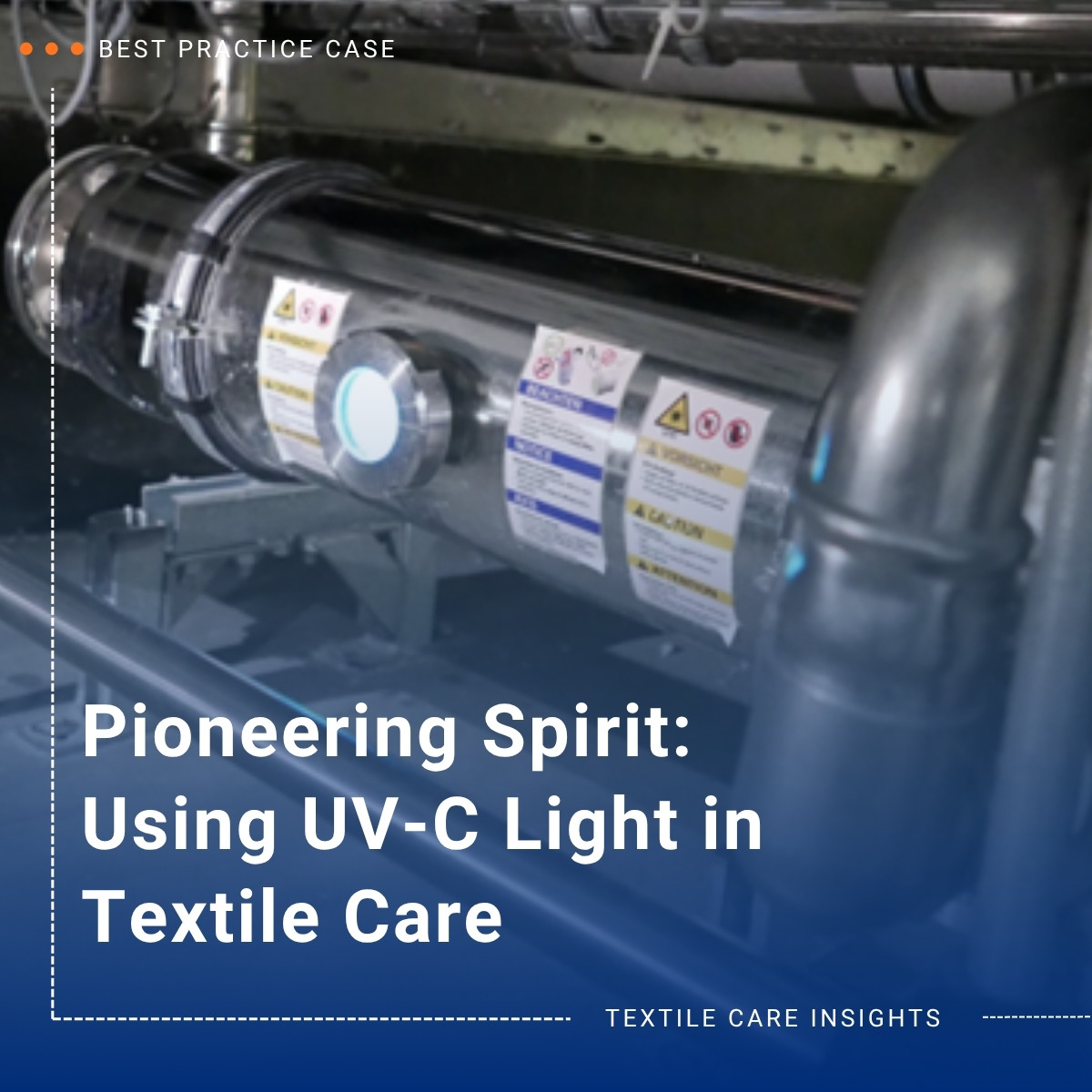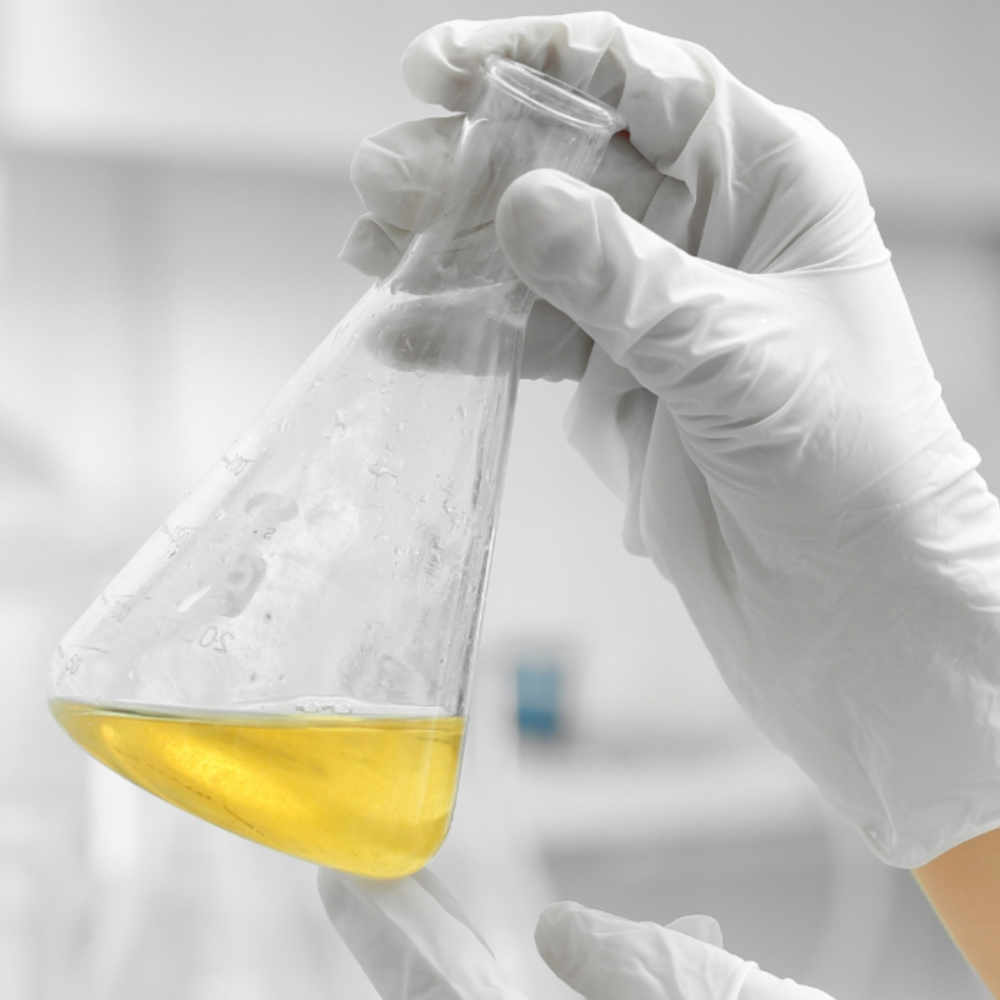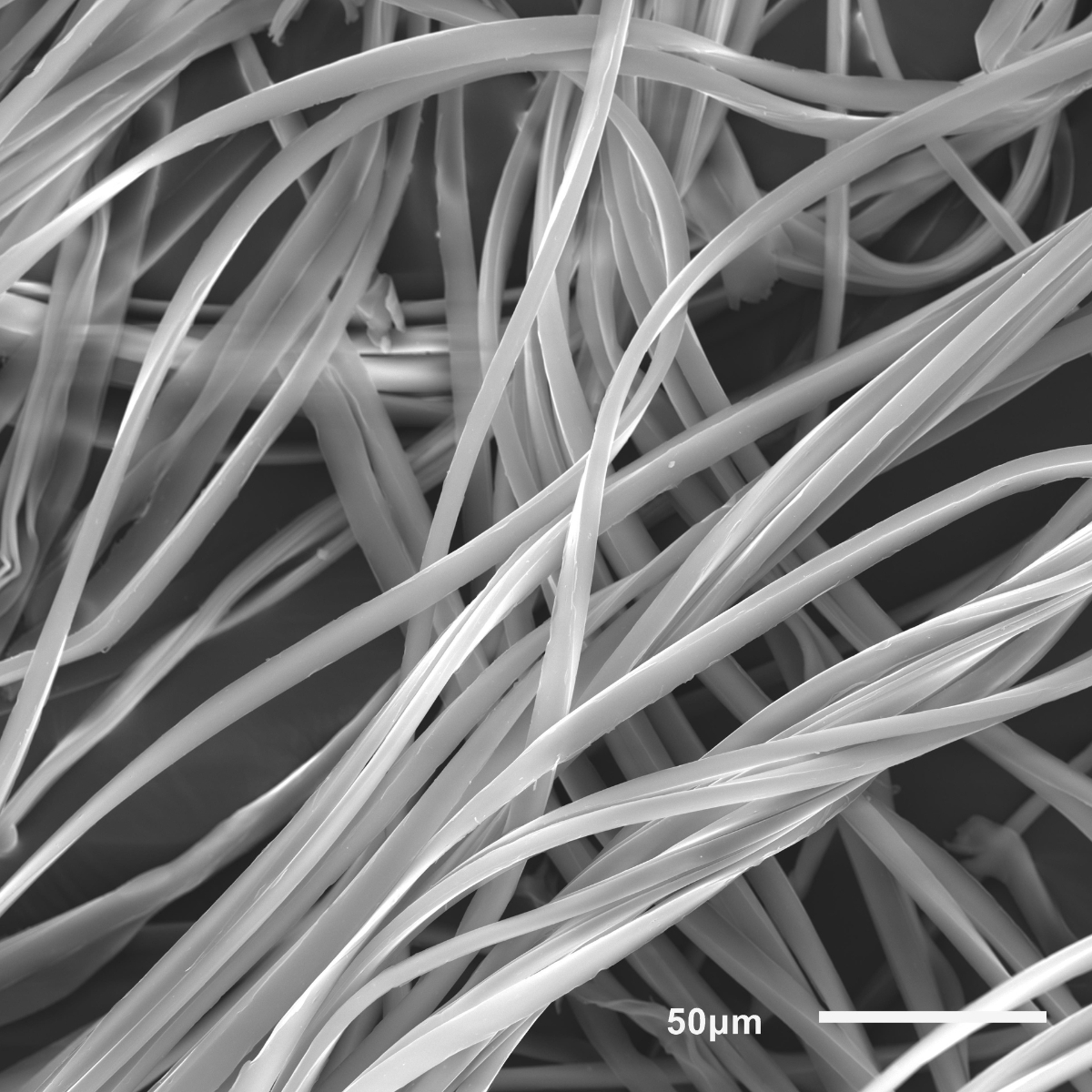Reading time: 3 minutes
Until shortly before the 2000s, acquiring new workwear collections was a challenging task for textile service companies. Especially when a new supplier entered the stage, an extensive testing machinery had to be set in motion. Some companies had already established their own laboratories, where they recreated large-scale industrial equipment on a small scale and rigorously tested the new collection items. For most of the industry, however, the rule was: suitability had to be demonstrated directly in production, where garments were analysed for their leasing capability after dozens of washes. They also had to cope with all the practical uncertainties – including garments going missing or becoming untraceable in the process. As a result, the preliminary work was not only complex but could drag on for many months before a decision was finally made.
From recommendation standard to industrial norm
In order to achieve results much faster, a suitable testing standard was required. This emerged in 2002 as ISO 15797, initiated by Wolfgang Quednau (BTTA, Mönchengladbach) together with several industry companies. “Before the standardisation work began, there was only one standard, ISO 6330, providing care recommendations for textiles with non-commercial washing and drying processes. However, it was completely unsuitable for replicating industrial care processes. We therefore needed a dedicated standard. This had to universally replicate the high temperature, wash mechanics and alkalinity of industrial laundry, as well as the conditions of a tumble dryer and a finisher,” reports Wolfgang Quednau.
Industrial processing of workwear on a laboratory scale
The panel of experts, consisting of textile service companies, machine manufacturers and detergent producers, defined the testing facilities, reference reagents and a total of eight washing procedures for the standard. These reflected the typical processing methods for workwear at the time: hygienic washes with peracetic acid or hydrogen peroxide for white workwear and/or delicate coloured trim articles, chlorine bleaching for white workwear, and a washing procedure for coloured workwear.
The washing temperatures – depending on the oxygen donor used – were set at 75°C or 85°C and established as the minimum threshold for industrial washing. To account for the typical fabric composition of workwear, DIN EN ISO 15797 distinguishes between a full load (e.g. for cotton) and a reduced load, the latter intended to prevent creasing in blended fabrics.
To replicate the wash mechanics of large-scale industrial machines in the laboratory, so-called semi-scale washing machines were employed. It was acknowledged that the chosen parameters – such as load size, liquor ratio or the design of the drum ribs – did not fully correspond to real practice in an industrial laundry. However, they were adjusted in such a way that the mechanical stress on the textiles came as close as possible to that experienced in high-capacity installations.
Since its publication in 2002, the standard has become firmly established in the textile care industry. Fabrics and workwear collections are now tested in company-owned or accredited laboratories in accordance with DIN EN ISO 15797 before entering the market. This significantly reduces the need for test runs of new collections in laundry operations and prevents unsuitable workwear from being put into use in laundries.
Revision of ISO 15797 with new foundations
To ensure that the standard reflects current developments in the industry, it is revised at regular intervals, as is the case with all standards, most recently in 2018. It is now undergoing another revision. Since spring 2025, a mini project group, once again including Wolfgang Quednau, has been working on new foundations for the industrial laundry standard.
“The washing processes have changed significantly. While the drying conditions and measuring methods defined in the standard are technically sound, they can only be implemented to a limited extent with the laundry technology currently available,” explains the textile engineer. “Our aim is to adapt ISO 15797 to the actual conditions of an industrial laundry, based on Sinner’s circle of action. This is relatively straightforward, as the washing parameters time, temperature and chemistry can be defined and monitored. What we still lack is a mechanics monitor that can track the impact of bending and frictional forces in an industrial washing machine. This is one of the areas we are working on – along with a practical methodology for determining the residual moisture of the textiles. We expect first results by mid-2026; these will then be presented and discussed within the relevant standardisation group. Once the revision is complete, the testing of workwear under industrial washing and finishing conditions should be much more closely aligned with practice.”















